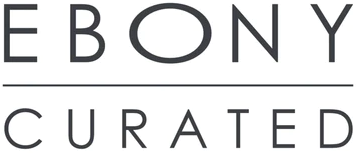Hugh Byrne ICTAF 2023
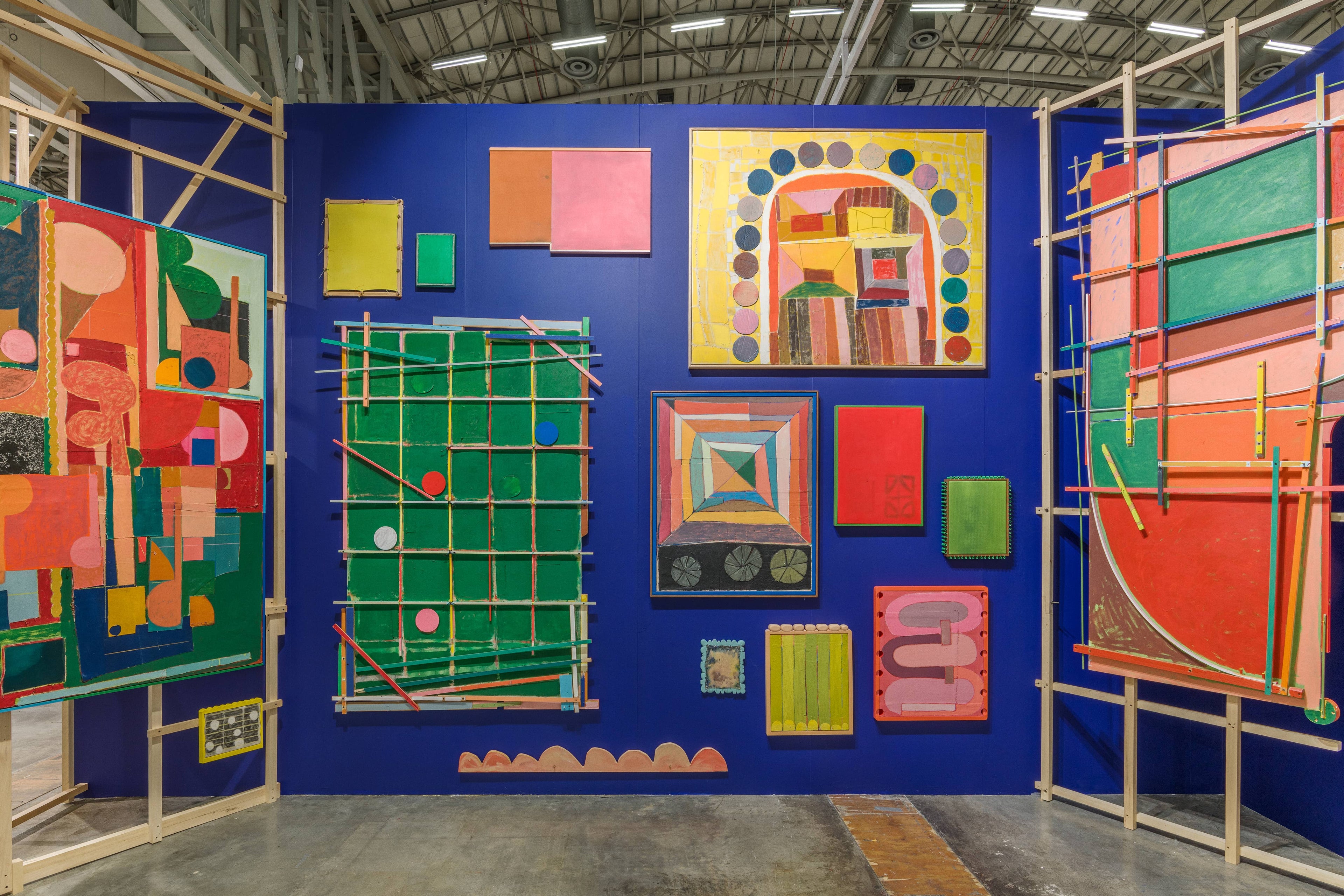
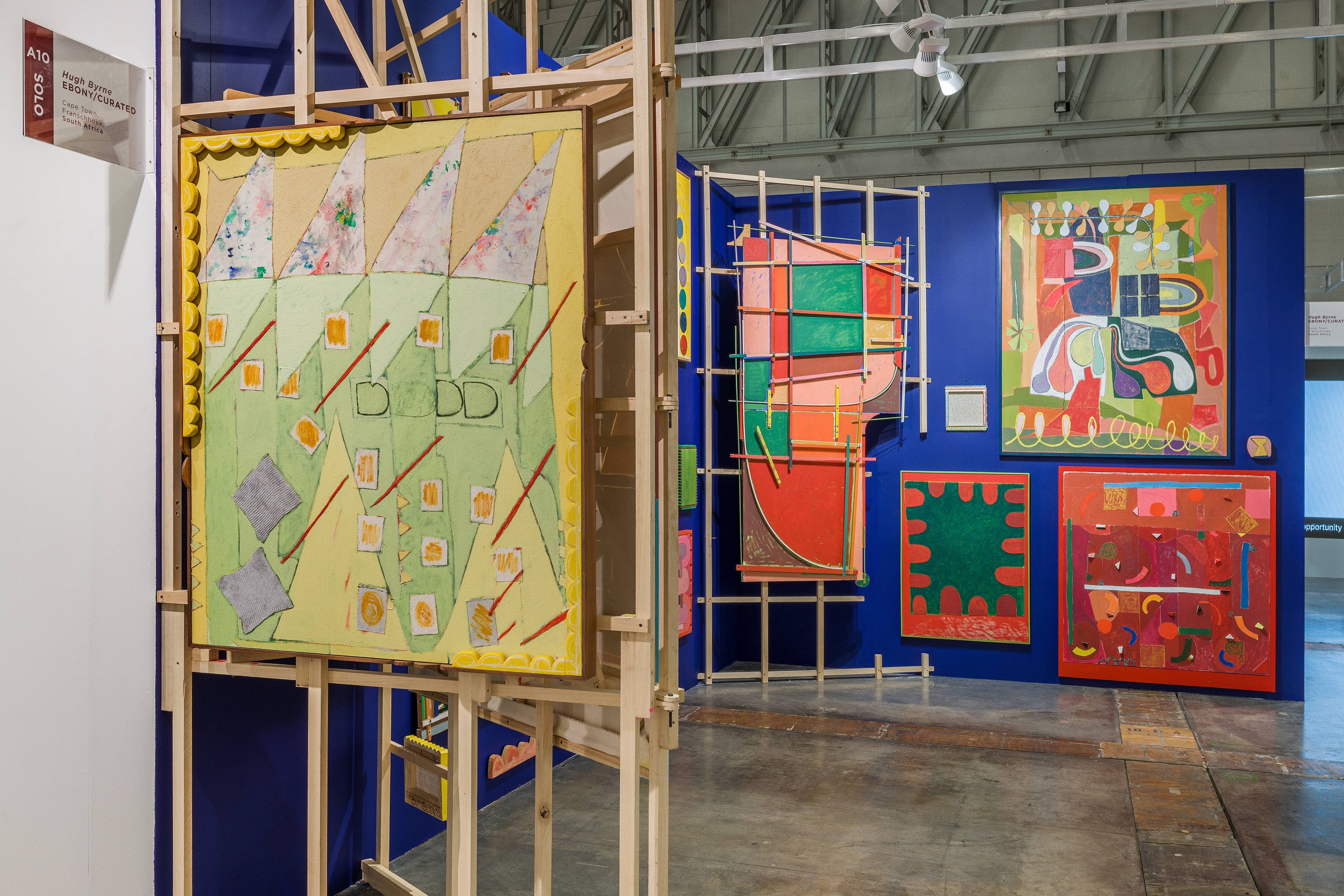
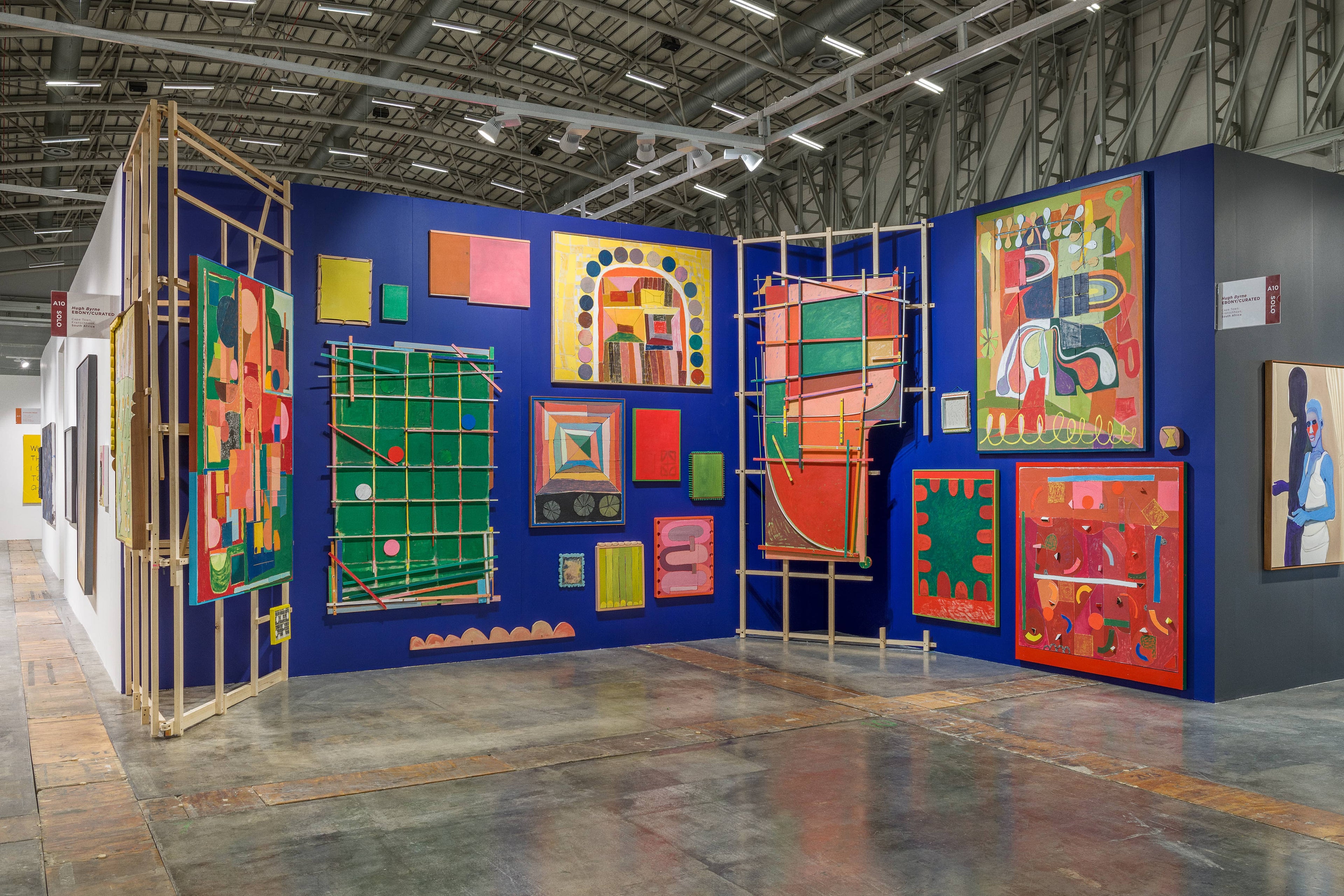
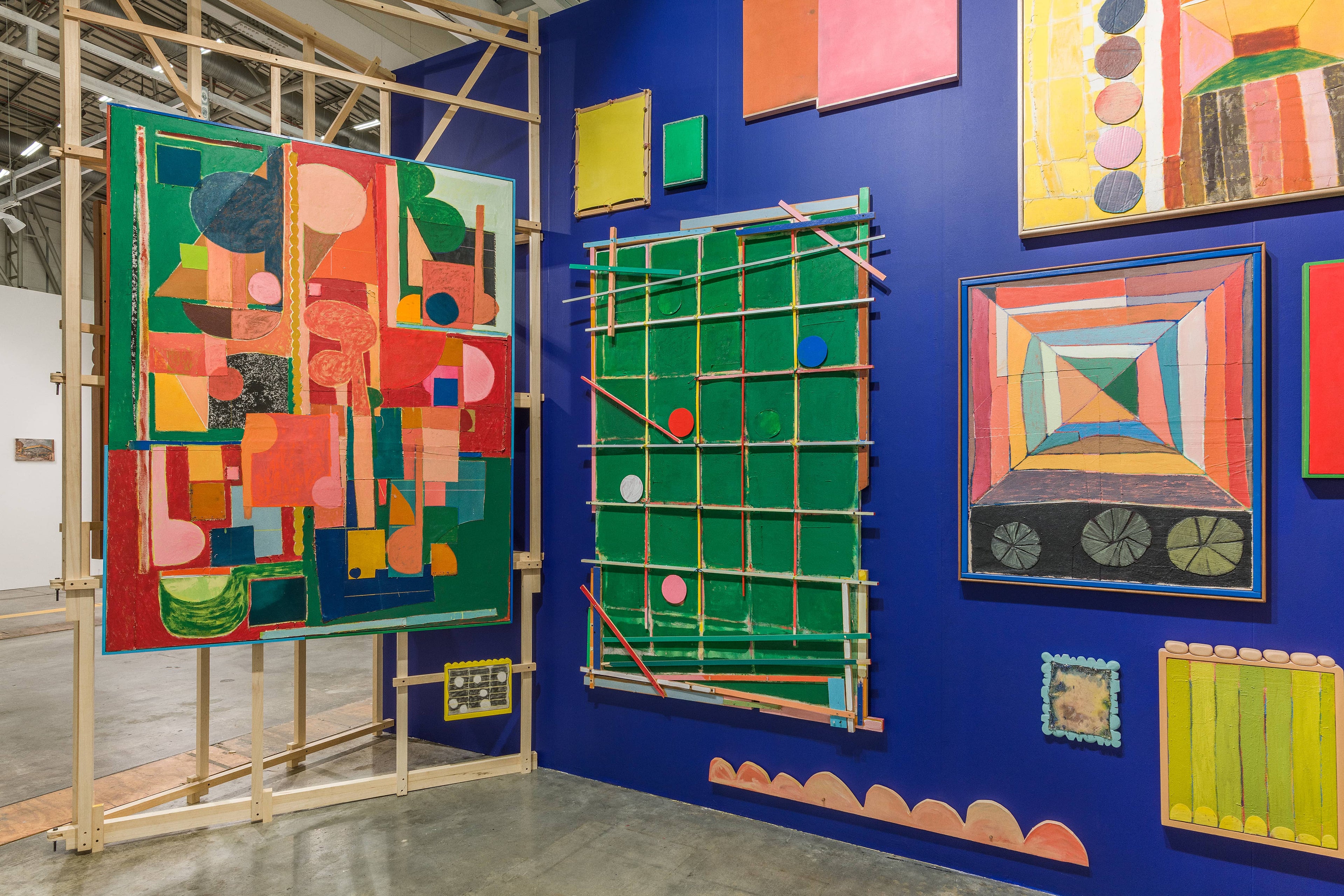
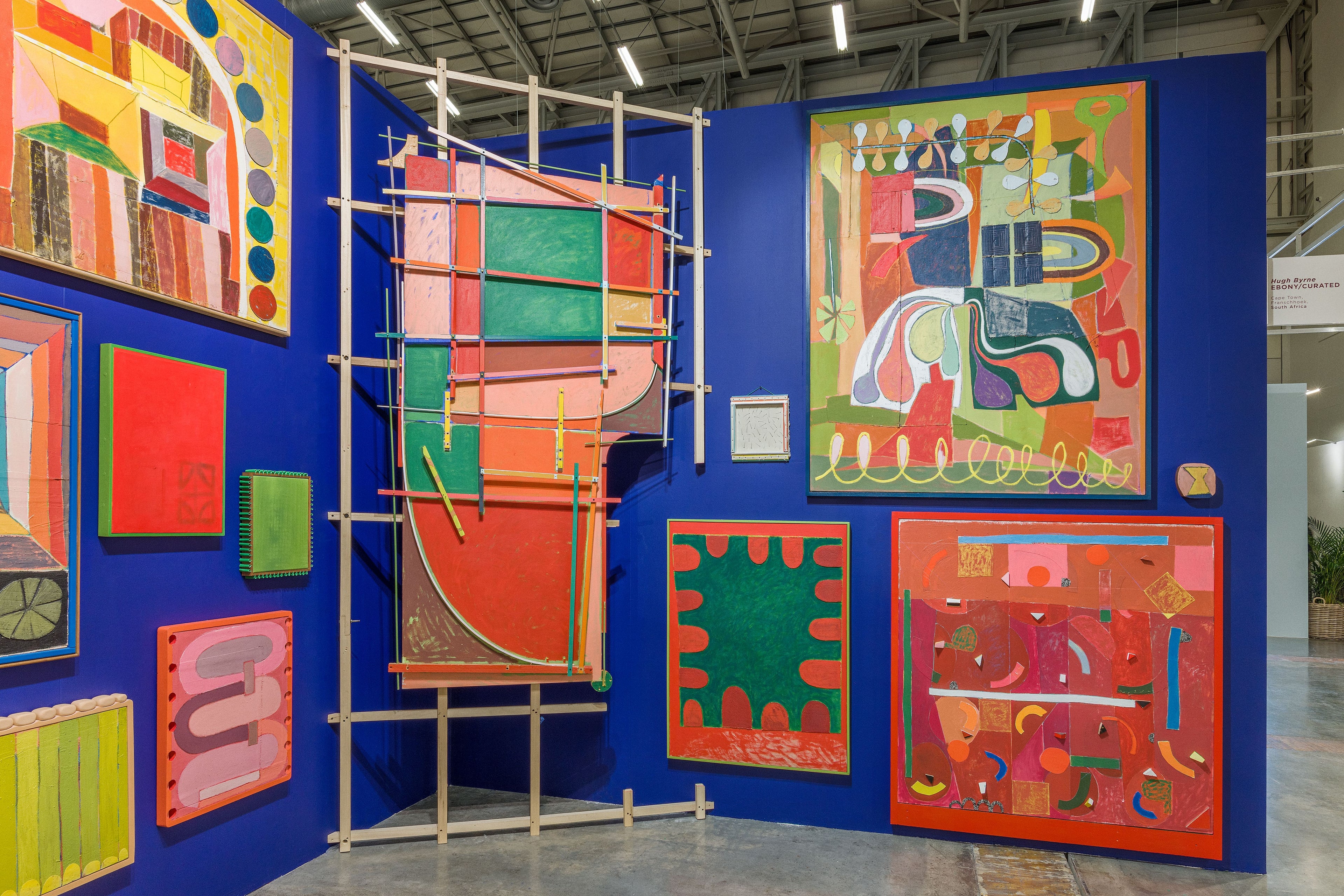
Collection: Hugh Byrne ICTAF 2023
Solo Section
Swallowed Whole – Hugh Byrne
Booth A14
We are delighted to present a solo booth by Hugh Byrne as part of SOLO: Time’s Labyrinth, curated by Sean O’Toole (Cape Town, South Africa).
Text by Dominique Edwards
As primarily sensory beings, riddled with an extraordinary array of nerve endings and receptors, our experience of what we ‘see’, draws from the entirety of our ‘exploratory vessels’. We make our way into the world, remarkably stoic – veiled as solid objects. We are by all accounts ‘insides’, however robust our exterior might seem. Post-humanists with a certain propensity for reflecting on our existence consider us to be ‘nature’ self-aware; perhaps someday we might be. Awareness, however, is something that comes through the act of ‘looking’, in its plenitude – an activity we cannot turn away from when engaging with Hugh’s work.
—
Hugh Byrne’s Swallowed Whole greets one with open arms and an irrefusable invitation to stay. Selected as one of ten solo artists for Sean O’Toole’s Time’s Labyrinth at Cape Town Art Fair this year, Hugh presents us with the exuberant installation that is his latest work. Here, individual pieces curated as components of an expanding whole are installed ‘floor-to-ceiling’, creating in the abundance of witty inversions and playful counterpoints, an immersive visual embrace.
Hugh’s paintings are assembled through combinations of stretching, glueing, stitching, screwing, nailing and stapling. These actions, often attributed to the scaffolding of an artwork are integrated as essential elements to the work itself. The painting does not sit obediently in its frame, instead – it acknowledges the sum of its whole – turning the format of what one might comfortably understand to be painting inside out, and on occasion also back-to-front. There is a lot of action involved in how things are made and the work is not resolved by paint alone: chalk, charcoal and pencil crayon, canvas, fabric, cardboard and wood all feature as materials in Hugh’s work. This inquiry further explores the form and function of the frame: its structural integrity, capacity to ‘finish’ a piece and on occasion its playful self awareness – all carefully considered components to the making and also the ‘reading’ of these mesmerising painting-objects.
Consistent throughout Hugh’s investigation into painting is the entanglement of paint, as a material, with the ‘density’ of his approach to colour. A single colour’s materiality might shift from a viscous paste or smear – smooth in some cases or with fine gritty bits in others, to a liquid wash, a dry brush, a light splash, splatter or a fine line. This shift also involves the properties specific to the material that holds it, or in some cases might be the colour itself. Stacked and layered in places onto and into one another as shadow reliefs, the perceived ‘flatness’ of the canvas creates an optical interference, coaxing the eye to return to the surface and pay careful attention to where things might begin and end. A double take that occurs not only in paint and colour, but also involves Hugh’s exploration of shape and form – tethered between: containing and collapsing into one another and what might be interpreted as the ‘ground’ of the painting. Playfully audacious, the artist’s ‘hand’, visibly present in the work, suggests on occasion that things are not quite final. However dense the work might be, there is always room to manoeuvre: a paradox of its fullness as an interior with infinite capacity.
Once swallowed whole by Hugh’s installation, it is this ‘interior’ we return to, the infinities of our ‘insides’, where we might experience ourselves – pleasantly adrift. To look here, apart from relying on our sensory receptors – involves the spiralling wormhole that is our imagination. A suspended moment that tickles the fancy of the no-place place-ness, where we are able to surprise ourselves, regardless of our physical, neural, and cognitive habits, patterns, and limitations. ‘Who’ and ‘what’ we are, the constructs of our interface with the world, and for many of us, with ourselves, are of little significance here. With titles like fireball, ten toes down, open/closed, bumble, trampoline, tremor, gallop, can of worms, the juggler and twisted arm to name but a few, Hugh invites us to engage as the ‘insides’ we are, with joy.
Works on exhibition
-
Familiar Surroundings
Vendor:Hugh Byrne (1983- )Regular price R 40,250.00Regular priceUnit price / per -
Together Again
Vendor:Hugh Byrne (1983- )Regular price R 0.00Regular priceUnit price / per -
 Sold
SoldThe Other Side
Vendor:Hugh Byrne (1983- )Regular price R 15,000.00Regular priceUnit price / per -
Light a Fuse
Vendor:Hugh Byrne (1983- )Regular price R 17,250.00Regular priceUnit price / per -
Conditions
Vendor:Hugh Byrne (1983- )Regular price R 15,000.00Regular priceUnit price / per -
Bright As Day
Vendor:Hugh Byrne (1983- )Regular price R 17,250.00Regular priceUnit price / per -
 Sold
SoldEasy Does it
Vendor:Hugh Byrne (1983- )Regular price R 28,000.00Regular priceUnit price / per -
Twisted Arm
Vendor:Hugh Byrne (1983- )Regular price R 20,700.00Regular priceUnit price / per -
open/closed
Vendor:Hugh Byrne (1983- )Regular price R 0.00Regular priceUnit price / per -
 Sold
SoldNoodle Around
Vendor:Hugh Byrne (1983- )Regular price R 35,000.00Regular priceUnit price / per -
Ten Toes Down
Vendor:Hugh Byrne (1983- )Regular price R 73,600.00Regular priceUnit price / per -
Can of Worms
Vendor:Hugh Byrne (1983- )Regular price R 92,000.00Regular priceUnit price / per -
First and Last Time
Vendor:Hugh Byrne (1983- )Regular price R 92,000.00Regular priceUnit price / per -
Hard Bargain
Vendor:Hugh Byrne (1983- )Regular price R 92,000.00Regular priceUnit price / per -
Trampoline
Vendor:Hugh Byrne (1983- )Regular price R 115,000.00Regular priceUnit price / per -
 Sold
SoldSlippery Slope
Vendor:Hugh Byrne (1983- )Regular price R 138,000.00Regular priceUnit price / per -
 Sold
SoldSwallowed Whole
Vendor:Hugh Byrne (1983- )Regular price R 120,000.00Regular priceUnit price / per -
Plus Minus
Vendor:Hugh Byrne (1983- )Regular price R 115,000.00Regular priceUnit price / per
More exhibitions
-
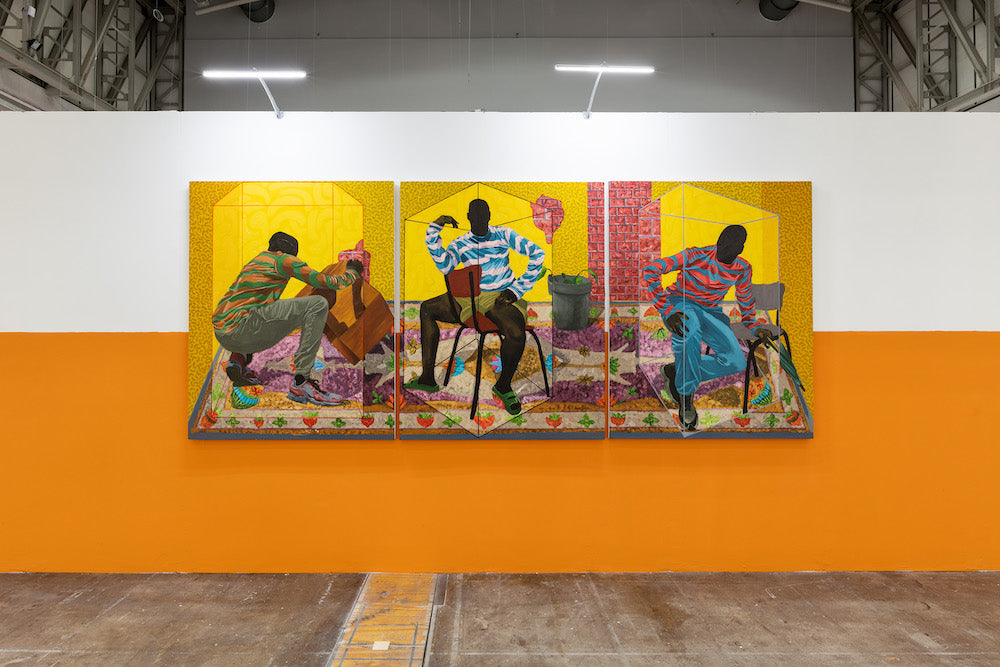
Investec Cape Town Art Fair 2022 | Feni Chulumanco | Tomorrows/Today Section
Investec Cape Town Art Fair 2022Tomorrows/Today Section Solo booth of works by...
-
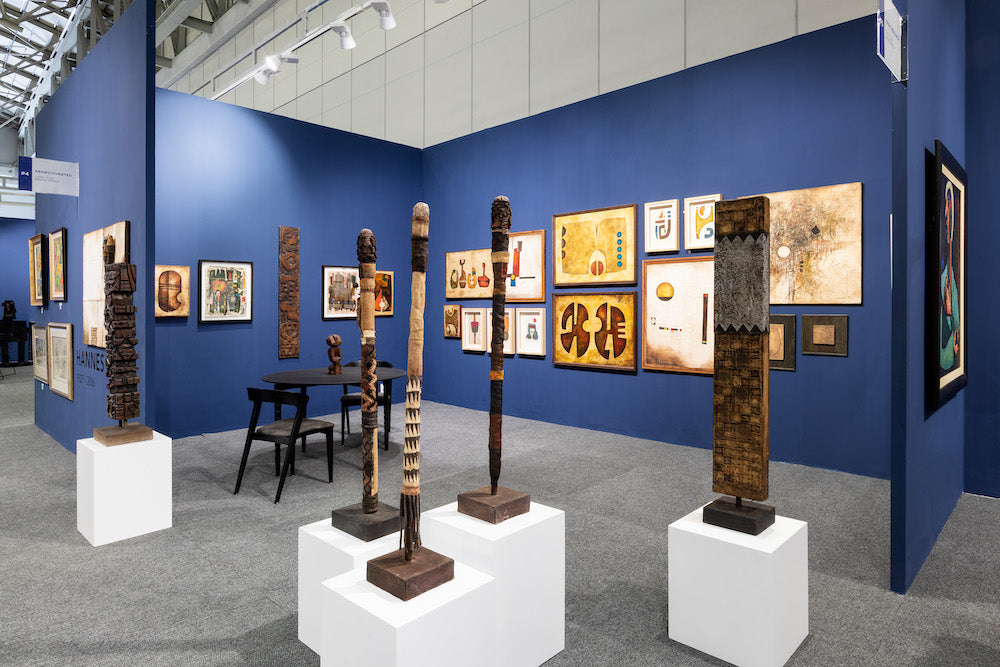
Investec Cape Town Art Fair 2022 | Hannes Harrs | Past/Modern Section
EBONY/CURATED at the Investec Cape Town Art Fair 2022 Past/Modern Section Solo...
-
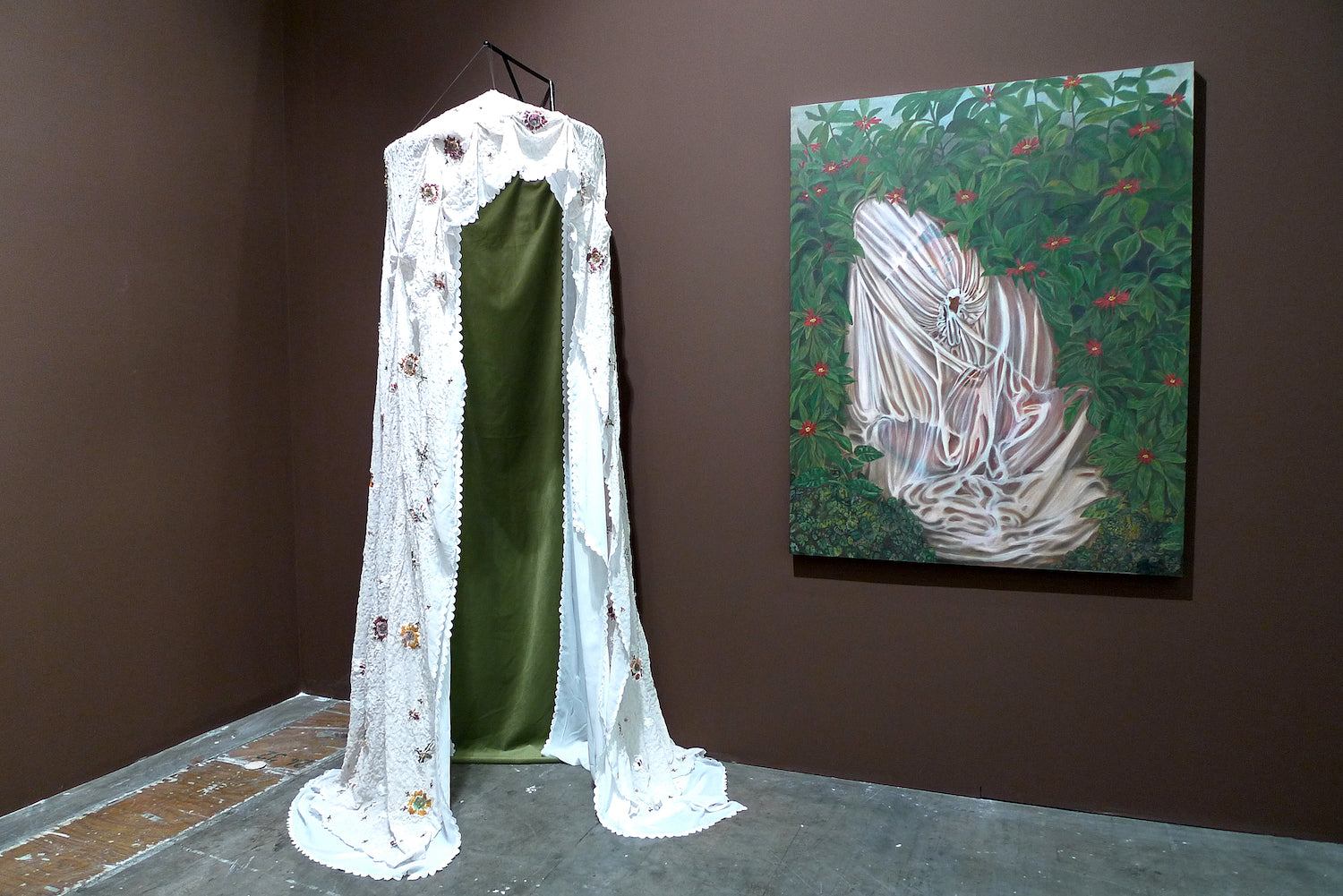
Investec Cape Town Art Fair 2018 | Kimathi Mafafo | Solo Section
Investec Cape Town Art Fair 2018 Kimathi Mafafo | Solo Section 15.02.18...
